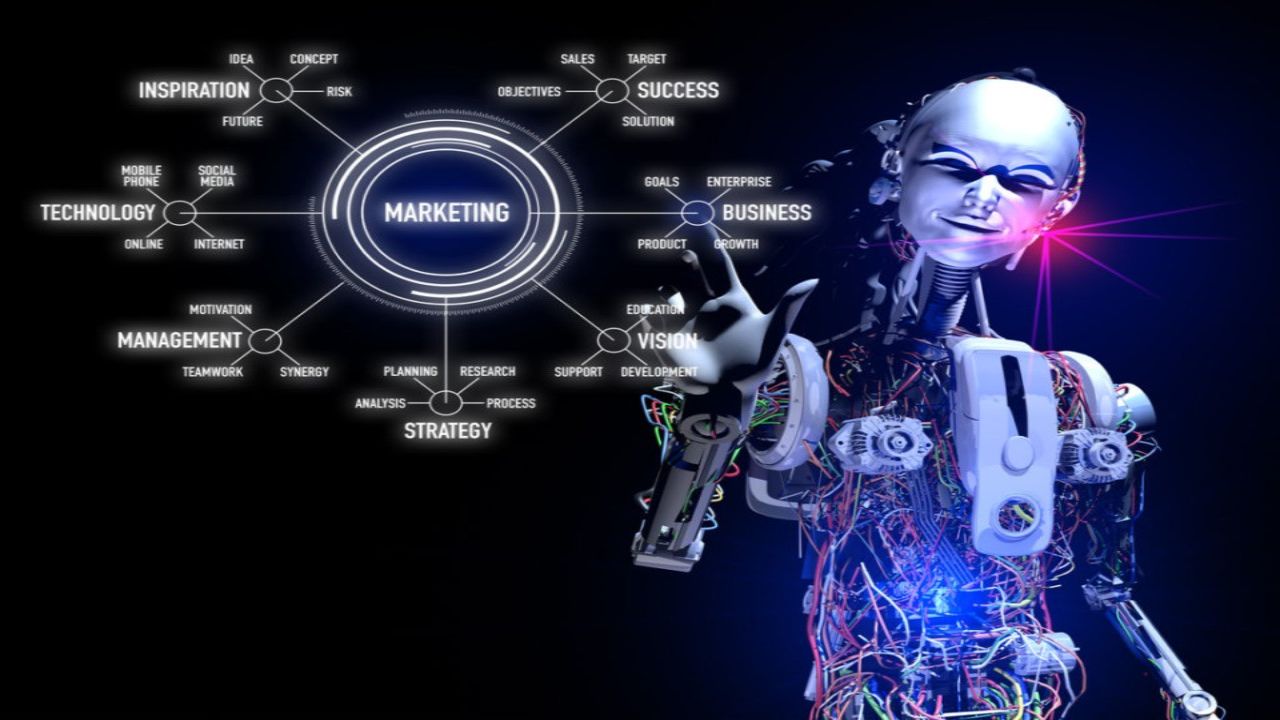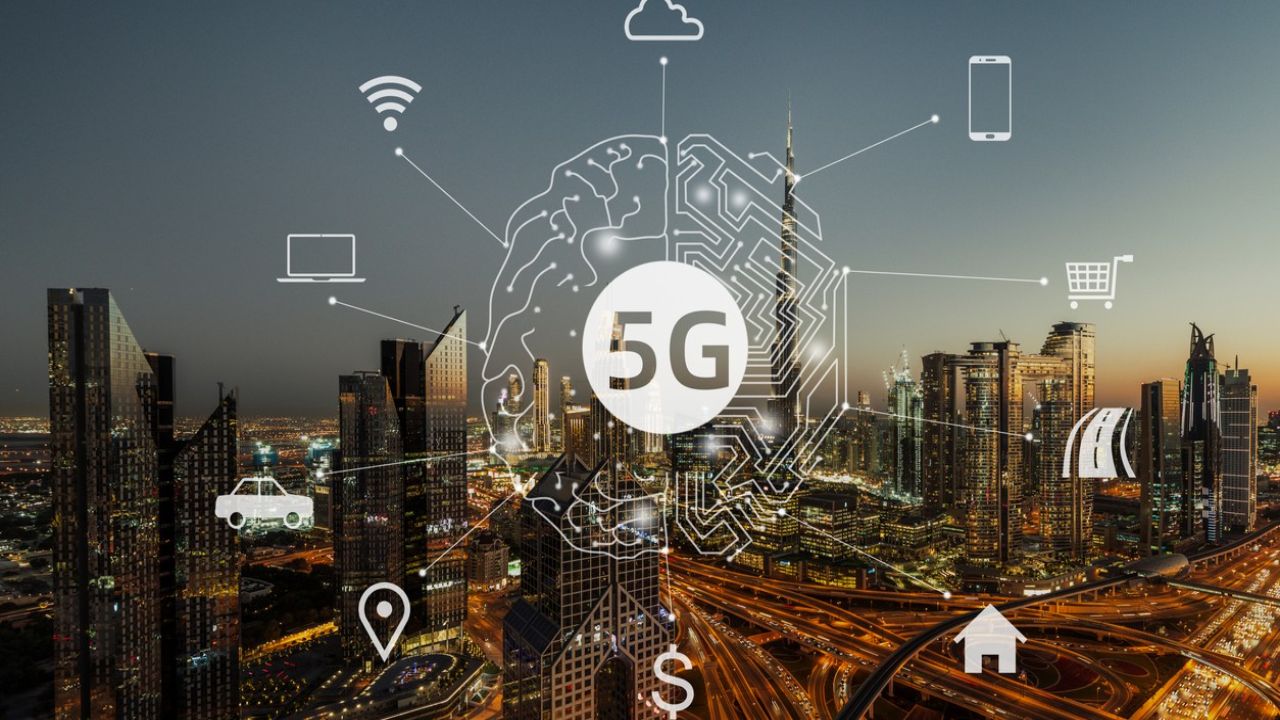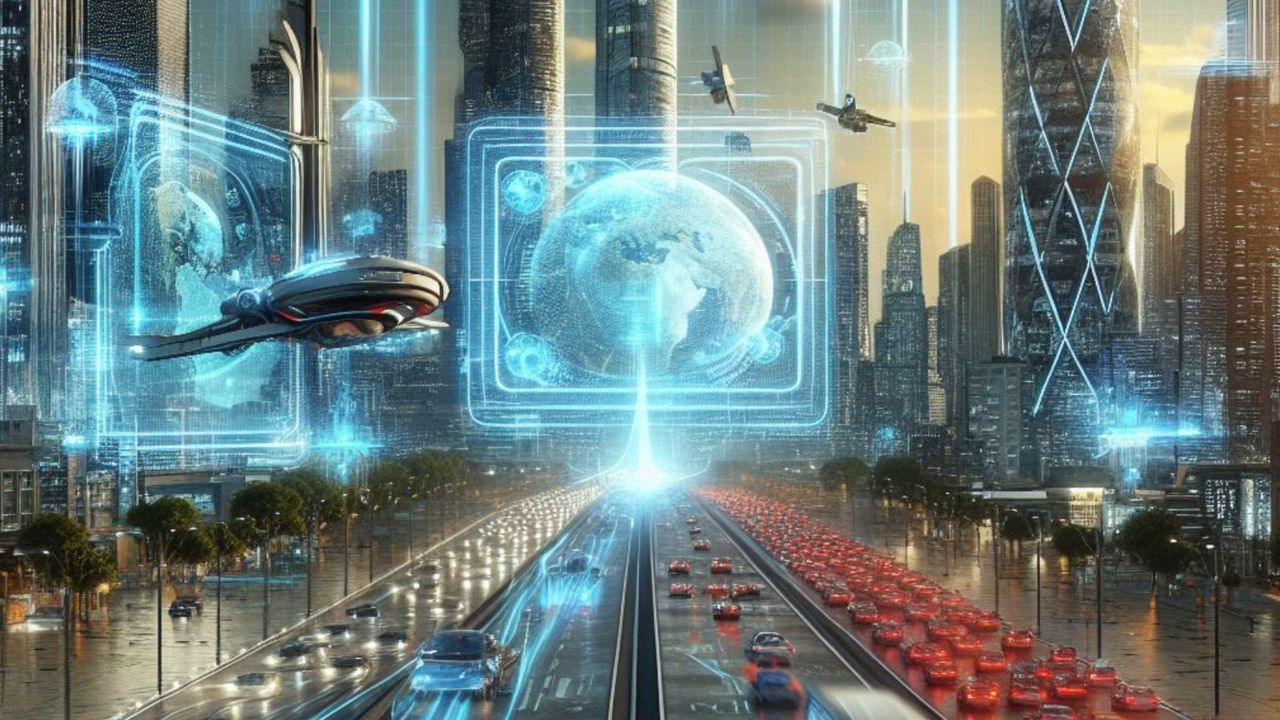Digital communication has become an integral part of our daily lives, shaping the way we connect, collaborate, and share information. As technology evolves at an unprecedented pace, it’s intriguing to explore the potential trajectories of digital communication and the powers of services like https://telesim.com/esim-plans/europe. This article delves into some predictions for the future, highlighting key trends that are likely to redefine the way we interact in the digital realm.
The Rise of Virtual and Augmented Reality

As we move forward, virtual and augmented reality (VR and AR) are poised to revolutionize digital communication. Imagine attending a meeting in a virtual boardroom or collaborating with colleagues in a shared augmented reality workspace. These immersive technologies will bridge the gap between physical and digital interactions, offering a more engaging and realistic communication experience. From virtual conferences to interactive training sessions, the potential applications of VR and AR in digital communication are vast.
AI-Powered Personalization

Artificial Intelligence (AI) is expected to play a pivotal role in shaping the future of digital communication. AI algorithms will analyze vast amounts of data to personalize communication experiences. From smart chatbots providing instant customer support to email campaigns tailored to individual preferences, AI will enhance efficiency and relevance in communication. The era of generic mass communication is making way for personalized, data-driven interactions that cater to the unique needs of each user.
5G Revolution

The widespread adoption of 5G technology will mark a significant milestone in the evolution of digital communication. With faster and more reliable internet connectivity, 5G will enable seamless communication experiences, facilitating real-time interactions and supporting emerging technologies like the Internet of Things (IoT). The increased bandwidth and reduced latency will unlock new possibilities for applications such as high-quality video conferencing, immersive gaming, and IoT-driven smart cities.
Decentralized Communication

Blockchain, known for its role in securing transactions, is anticipated to disrupt the centralized models of communication. Decentralized communication platforms powered by blockchain offer enhanced security, privacy, and control over personal data. Users can communicate directly without intermediaries, reducing the risk of data breaches and censorship. As concerns about digital privacy grow, decentralized communication could become a mainstream choice for individuals and businesses alike.
Multimodal Communication
The future of digital communication will be characterized by a shift towards multimodal interactions that go beyond traditional text and images. Voice, video, and gesture-based communication will become more prevalent, offering a richer and more expressive way to convey messages. Emoticons and emojis were just the beginning; soon, we may find ourselves communicating through a combination of speech, facial expressions, and other non-verbal cues, making digital interactions more human-like.
The landscape of digital communication is undergoing a rapid transformation, driven by advancements in technology and changing user expectations. From the integration of immersive technologies to the personalized touch of AI-driven communication, the future promises a dynamic and interconnected digital experience. As we anticipate these changes, it’s crucial for individuals and businesses to stay adaptable and embrace the evolving nature of digital communication to harness its full potential in the years to come.

